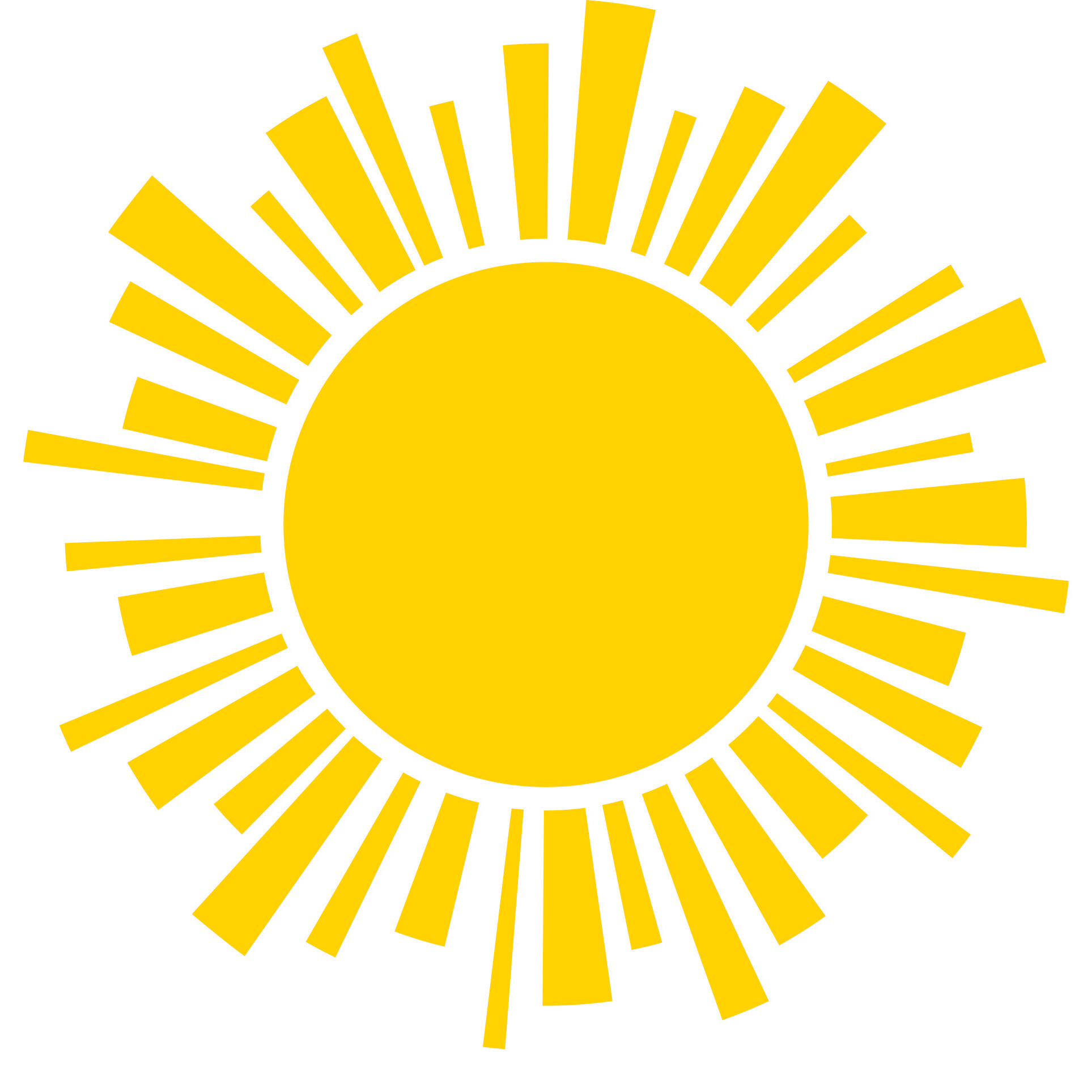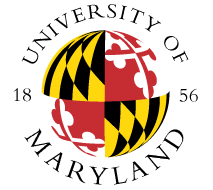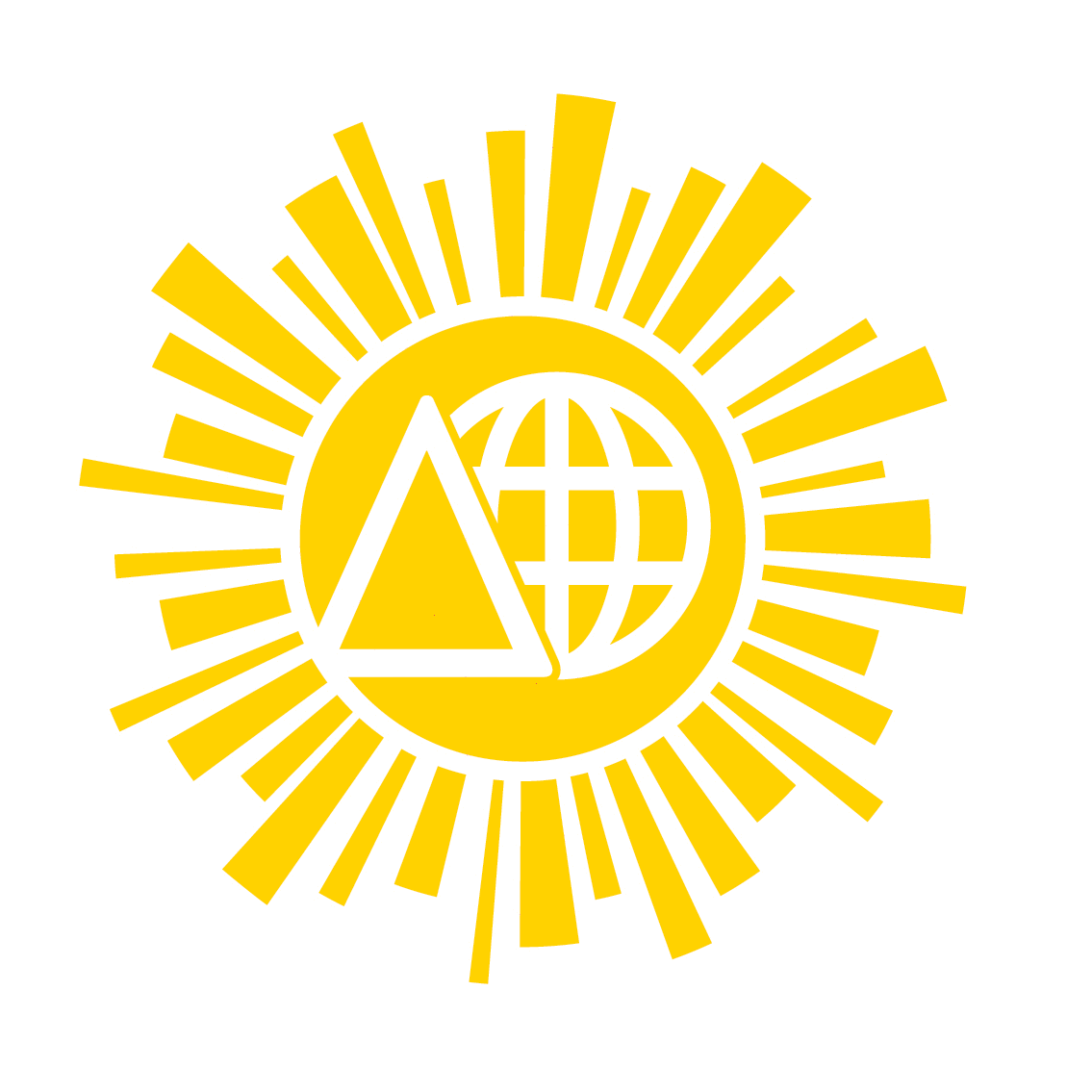


This is my last semester in Science and Global Change Scholars. I will reflect on what I've learned and gained from my practicum experience, and how it will influence my future. I believe that spending time in the Manufacturing Building last summer 2024 working in the Nearspace Program under Dr. Bowden was overall a great experience.
My practicum site was the Manufacturing Building at the University of Maryland. I worked in rooms 1133 and 1135 where I had access to two 3D printers, soldering stations, cutting knives, wires, and other tools to create whatever I could imagine.
I found this site and my supervisor, Dr. Bowden, through my freshman fall semester in 2023. In my first semester, for my ENAE100 course I had to join an Aerospace laboratory on campus and perform research for them. I chose the Nearspace, or Balloon Payload Program (BPP), where I worked on a payload that churned ice cream as it went higher into the atmosphere. From there, I continued working in BPP on another payload until in Spring 2024, I talked with Dr. Bowden about the Aeros and Aspire Programs. I brought up several payload ideas to Dr. Bowden, until she agreed to mentor me for my practicum project, a payload that would glide with deployable wings, without propulsion. The advice I would give to future SGC Scholars on identifying a practicum site is to research the labs on campus and try to email professors about doing work or research for them. The worst these professors can say is no, and then you can move on and keep trying. Another way to identify a practicum site is to try to find a club or program that allows you to do research under a professor.
I began by researching previous designs that incorporated origami into gliders, finding that most applications were for insect-sized models. I then prepared a design review, which I presented to the BPP. This review included the payload’s main features—mass, electronics, cost—and my motivation for developing it. After receiving feedback from the BPP, I addressed each issue they raised and finalized the design decisions before ordering parts through the Balloon Payload Program. During this process, we determined from FAA guidelines that our payload was classified as a gyroglider and had to comply with Section 101.1 regulations. Specifically, any payload over 4 lbs must have a weight-to-size ratio under three ounces per square inch, calculated by dividing the weight by the smallest surface area. Initially, I attempted to deploy the wings using an air pump, but it proved too weak and would have made the payload too heavy and costly. Instead, I implemented a motorized deployment system: the wings, starting parallel to the fuselage, rotate to a perpendicular position until they trigger a limit switch, signaling the motor to stop. After the launch, I compiled all my research and results into my Aspire Report, which was approved and signed by Dr. Bowden before submission.
I learned that origami isn’t quite effective at larger scales for gliders. However, the air flow was quite similar between the static wing and the deployable wing. I learned more about the process in creating payloads, through soldering, wiring, and creating an in-depth design review. I believe that the status of the project is a success in that the wing deployment works, which was the main goal, and that I can continue onto testing a glider with deployable wings.
Through this project, I gained a deeper appreciation for how scientific innovation must operate within real-world constraints, including regulatory, economic, and societal considerations. For example, understanding and complying with FAA guidelines showed how aerospace projects must align with public safety and legal frameworks. Additionally, balancing performance with cost, weight, and manufacturability highlighted the interplay between engineering, economics, and policy. It became clear that science and engineering solutions don’t exist in a vacuum—they must be feasible, responsible, and aligned with societal needs and regulations.
Additionally, this experience has made me more intentional about pursuing hands-on, project-based learning opportunities at UMCP. I plan to get involved in more design teams or research groups that focus on aerospace systems, especially those that require both creative problem-solving and technical precision. It also made me realize the value of understanding regulations and real-world constraints early in the design process, so I’m considering taking courses in systems engineering or aerospace project management to strengthen that aspect of my education. Overall, this project encouraged me to seek out more interdisciplinary experiences during my remaining time at UMCP.
Finally, this project strengthened my interest in aerospace systems design and experimental flight technologies. It also introduced me to how innovative design—like using origami structures—can solve practical challenges, especially in constrained environments like balloon payloads or small satellites. I’m now more inclined to pursue a career path that involves R&D in aerospace technology, possibly in UAVs, atmospheric science platforms, or space systems. The hands-on design, testing, and regulatory navigation in this project gave me a clearer picture of the type of work I find meaningful and want to pursue long-term.